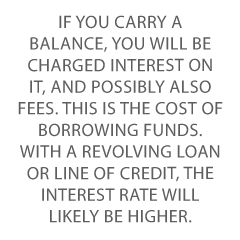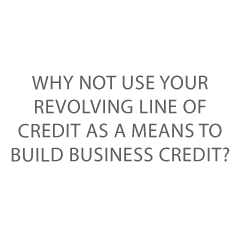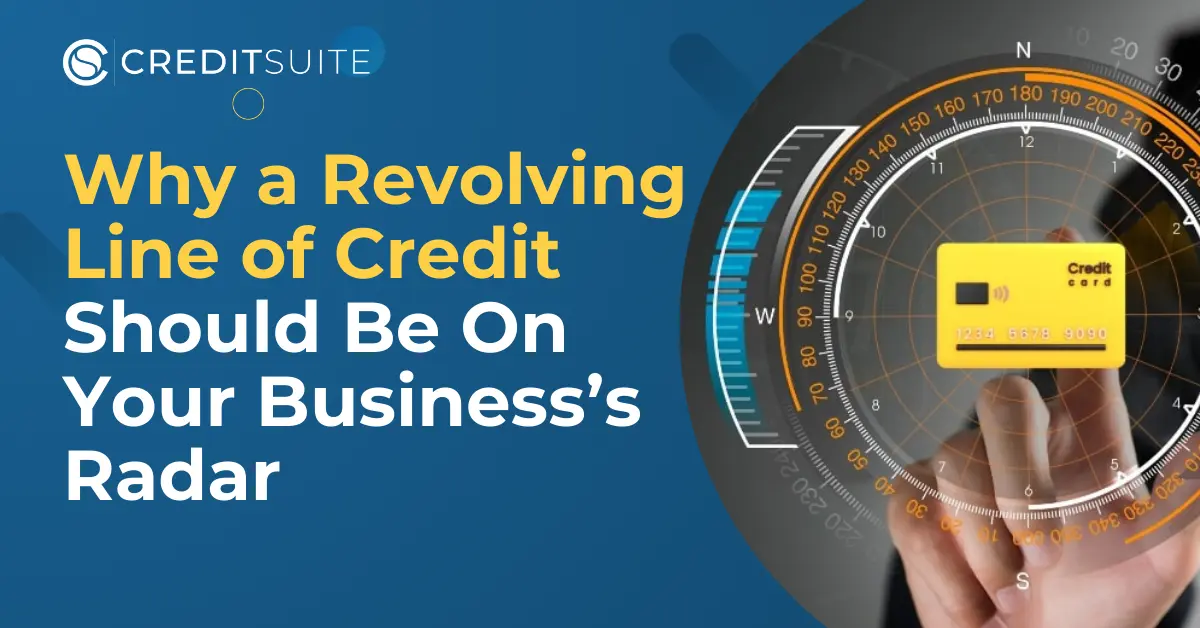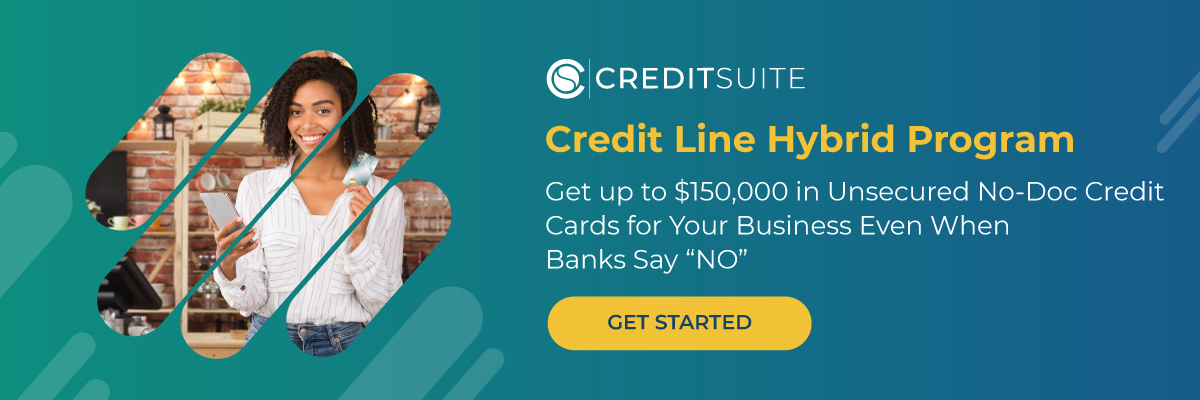Can your business get a revolving line of credit? A revolving line of credit is a lot like a credit card in that you can borrow funds up to a certain limit of available credit. Pay it back, and you can borrow the funds again, in perpetuity.
What Is a Revolving Line of Credit & How Does it Work?
Revolving credit is a credit account that stays open until the borrower or the lender closes the account. Contrast this with non-revolving credit, which is a one-time arrangement. When the borrower has paid off the non-revolving credit line, the lender then closes the non-revolving credit account.
It is kin d of a type of open-ended credit. You can use however much there is in funds, up to the limit. Then, you pay that down and can borrow funds up to the credit limit again. With a revolving line of credit, you can, in theory, borrow the same funds over and over again, forever.
d of a type of open-ended credit. You can use however much there is in funds, up to the limit. Then, you pay that down and can borrow funds up to the credit limit again. With a revolving line of credit, you can, in theory, borrow the same funds over and over again, forever.
Your minimum payment amount will vary, depending on your balance. If you do not pay off your balance in full every month, the unpaid part will carry over to the next month and accrue more interest charges. Hence the term ‘revolving’.
The amount you will need to pay will vary, and you probably will not be assessed a penalty if you pay your balance early.
If you carry a balance, you will be charged interest on it, and possibly also fees. This is the cost of borrowing funds. With a revolving loan or line of credit, the interest rate will likely be higher.
So long as you make your payments on time and do not go over your limit, you can keep your revolving credit. If you are a responsible borrower, you may be able to get a revolving line of credit limit increase.
What is an Example of a Revolving Line of Credit?
Probably the best example of a revolving line of credit is a personal or business credit card. A small business borrower is assigned a credit limit. This is the most they can spend on their cards.
Borrowers can use their cards up to this limit and make payments. This is whether it is the minimum payment due or paying the balance in full. Then, the small business borrower can reuse that amount when it becomes available.
A home equity line of credit (HELOC) is another example of a revolving line of credit. A preapproved amount of credit is extended. This is based on the value of the borrower’s home and serves as a personal line of credit.
Funds in a HELOC account can be accessed in several ways—by check, a credit card connected to the account, or by transferring funds between accounts.
Contrast a HELOC with a home equity loan, where you get a lump sum of cash which you get immediately and pay back with a fixed interest rate—and you can only borrow it one time.
Another kind of personal line of credit is a health savings account.
The small business borrower will only pay interest on the money they use. The account offers more flexibility than a personal loan since you can draw on the line of credit when needed.
Another degree of flexibility comes from not having to use money from a revolving line of credit for any particular purpose. But unlike with a term loan, you have freedom with a revolving line of credit.
How They Differ from Traditional Loans
Revolving credit and lines of credit are different from traditional loans. For the most part, installment credit lending, like mortgages, auto loans, or student loans, will have a specific purchasing purpose in mind.
That is, you have to tell the lender what you are going to use the money for ahead of time, like a car loan. Unlike with a regular line of credit (that is, a nonrevolving credit line), you are not allowed to deviate from that.
Also, line of credit payments tends to be more irregular than loan payments. With a loan, a lender loans you a lump sum of money and charges you interest immediately. You pay a regular and predictable monthly payment.
But a line of credit lets you borrow money in the future up to a certain amount. This means you are not charged interest until you start to access the line for working capital.
Also Read: Business Line of Credit vs Loan
With any nonrevolving type of loan, just like with a non-revolving credit line, the amount you owe will stay the same. But unlike a non-revolving loan, with revolving credit, your owed amount will vary, depending on how much you pull from the line of credit.
With traditional borrowing, you often pay a lower interest rate. This amount will not change unless you refinance.
As long as you pay on time and do not go over your limit, your revolving business line of credit will be available for use.
To manage either type of account, a business owner or other individual can turn to online banking. The annual percentage rate you pay will differ, depending on the interest the lender charges. It will also depend on if it’s a secured line of credit where you offered collateral.
Secured credit will often have a lower interest rate as a credit union or other working capital provider will have collateral as an assurance.
What is the Difference between a Line of Credit and a Revolving Line of Credit?
Revolving credit and a line of credit are two kinds of financing arrangements available to businesses and persons that provide borrowers with flexibility. A lender provides funds—up to a particular credit limit—that can be used and paid back at the borrower’s discretion.
With a regular line of credit, the pool of available credit does not replenish once payments are made. As a result, when you use a non-revolving line of credit and pay it off in full, the account is closed and you can no longer use it.
Both forms of lines of credit can be secured with collateral. Or a small business can get an unsecured business line of credit.
With a revolving business line of credit, borrowers and businesses can borrow and repay money regularly. A business can use one to help smooth out cash flow irregularities. Revolving lines of credit have a maximum credit limit, an APR, and monthly payments.
Credit cards, home equity lines of credit, and personal lines of credit are all kinds of revolving lines of credit. Note: a revolving line of credit can have an impact on your credit score.
In contrast, a regular line of credit is more like a mortgage, auto loan, or student loan. It is for a specific purpose. And once it is paid off in full, the account is closed. It has a fixed payment structure. The installments paid are equal over time.
Even if the time to pay a standard line of credit is renegotiated (say, through a refinancing), it can only be borrowed one time. Once it’s gone, it’s gone.
A Revolving Line of Credit’s Impact on Your Credit
The amount of time you take to pay off a revolving line of credit has a direct impact on your personal or company credit, or even both. Failing to pay a corporate credit card bill on time will show up on your credit report.
With your personal credit score, there is still harm from such credit card debt, although it can be a bit less. You just need to know how these types of credit work.
Personal credit is calculated based on:
- 35% payment history
- 30% outstanding debt
- 15% credit history length
- 10% pursuit of new credit
- 10% credit mix
In contrast, company credit is calculated from your payment history and not much else. Paying late, or not at all, will tank your credit. This doesn’t even get into the possibility of defa ulted payments eventually becoming a criminal matter. And late payments mean interest payments.
ulted payments eventually becoming a criminal matter. And late payments mean interest payments.
Either way, this is never a situation you want to get yourself or your small business into.
But there is a silver lining amidst all these clouds. If you are diligent and pay back whatever you have borrowed on your business’s revolving line of credit, it can only help you. Some credit issuers and lenders will report positive payment experiences to the corporate credit bureaus.
So, why not use your revolving line of credit as a means to build business credit?
Also, since a revolving line of credit is often easier to get credit approval for than a startup business loan, it could end up being the best business loan a new entrepreneur can get.
And while it is not a fast business loan, a revolving line of credit should be an attractive option to most small business owners.
Takeaways
Your small business can benefit from a revolving line of credit, but be sure to pay it back on time to avoid any negative impact on your business or personal credit score.
Contact us today and learn more about why a revolving line of credit could be right for you, and how Credit Suite can help you qualify for an array of credit options.

